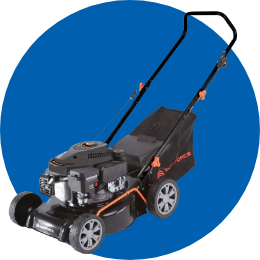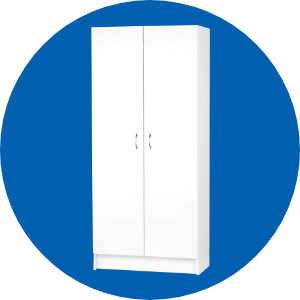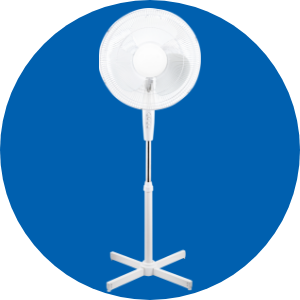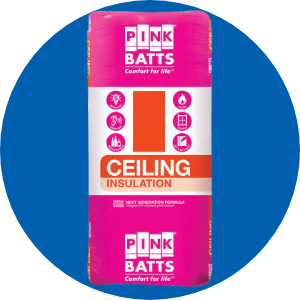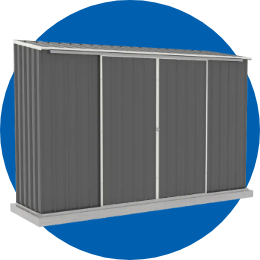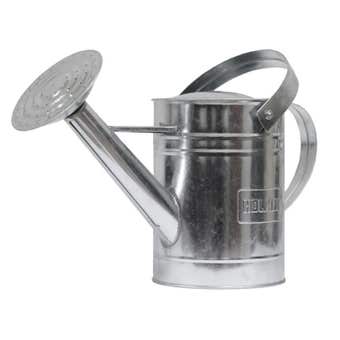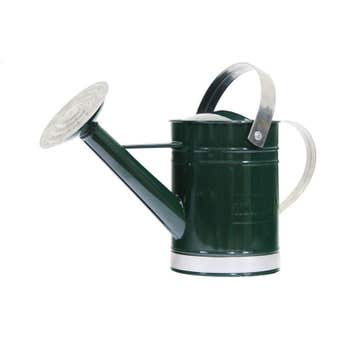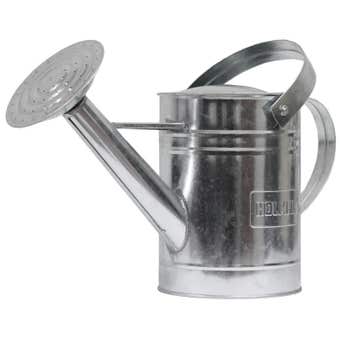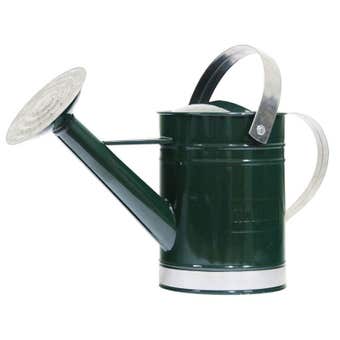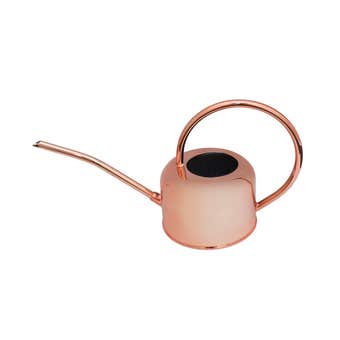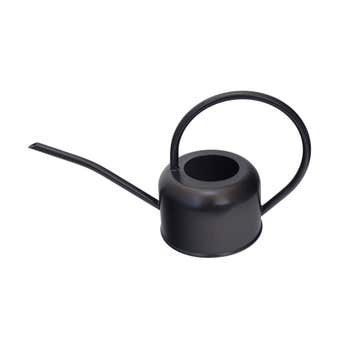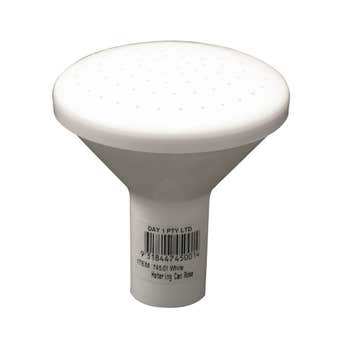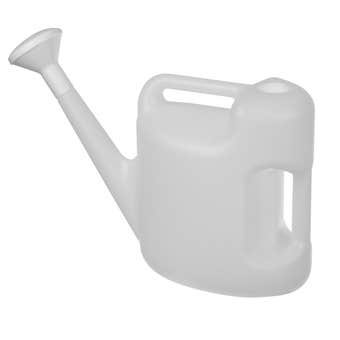- 26 June 2024
Creating a Water Saving Garden: A Comprehensive DIY Guide
Creating a water-saving garden is not only an excellent way to conserve water but also a smart investment for your home’s long-term sustainability. With the right approach and tools, you can design a garden that is both beautiful and efficient. This guide will walk you through everything you need to know to create a water-efficient garden, covering essential tips, tools, and techniques.
Why a Water Saving Garden?
In an era where environmental sustainability and resource conservation are paramount, creating a water-saving garden offers numerous benefits that extend beyond just reducing your water bill. Here’s why investing in a water-efficient garden is a wise choice:
1. Environmental Impact
Conservation of Natural Resources: Water is a precious resource, and conserving it helps protect natural water supplies. By implementing water-saving techniques in your garden, you contribute to the overall health of the environment.
Reduction of Water Runoff: Efficient watering practices minimise water runoff, which can carry away soil and nutrients, leading to erosion and pollution of waterways.
Support for Biodiversity: Native plants that require less water often provide essential habitat for local wildlife, including birds, insects, and other beneficial organisms.
2. Economic Savings
Lower Water Bills: By reducing the amount of water used for irrigation, you can significantly cut down on your water bills. This is particularly beneficial in regions where water costs are high or in times of drought.
Reduced Maintenance Costs: Water-efficient gardens typically require less maintenance, as they are designed to be resilient to dry conditions. This means fewer resources and time spent on garden upkeep.
3. Garden Health and Resilience
Improved Soil Quality: Techniques such as mulching and using organic
Improved Soil Quality: Techniques such as mulching and using organic matter enhance soil structure and fertility. Healthy soil retains moisture better and supports robust plant growth.
Enhanced Drought Tolerance: Water-efficient plants and smart irrigation practices help gardens withstand periods of drought. This resilience ensures that your garden remains lush and vibrant even in challenging conditions.
Reduced Plant Stress: Over-watering can lead to root rot and other plant diseases. By using precise watering techniques, you ensure that plants receive just the right amount of water, reducing stress and promoting healthier growth.
4. Aesthetic and Functional Benefits
Beautiful, Low-Maintenance Gardens: A well-designed water-efficient garden can be both beautiful and low-maintenance. With the right plants and systems in place, you can enjoy a stunning garden without the constant need for watering.
Increased Property Value: Sustainable gardening practices are increasingly valued by homebuyers. A water-efficient garden can enhance the overall appeal of your property and potentially increase its market value.
Customization and Creativity: Designing a water-saving garden allows for creativity in choosing plants, layouts, and features. You can create a unique outdoor space that reflects your personal style while being eco-friendly.
A water-saving garden is not only a practical and environmentally friendly choice but also a rewarding one. By adopting water-efficient practices, you contribute to resource conservation, enjoy economic benefits, and create a resilient and beautiful garden.
Key Components of a Water Saving Garden
Creating a water-saving garden involves several key components that work together to optimise water use and promote sustainability. Here’s a detailed look at each of these essential elements:
1. Choosing Water-Efficient Plants
Selecting plants that are suited to your local climate and soil conditions is crucial for reducing water usage. Here’s how to choose the best plants for a water-efficient garden:
Native Plants: Native plants are adapted to local conditions and generally require less water once established. They are more resilient to local pests and diseases and support local wildlife. Examples include:
- Kangaroo Paw: A hardy Australian native with vibrant flowers.
- Grevillea: Offers attractive foliage and nectar-rich flowers.
- Bottlebrush: Known for its distinctive, brush-like flowers.
Drought-Tolerant Varieties: These plants can withstand dry conditions and are ideal for water-saving gardens. Consider:
- Lavender: Aromatic and low-maintenance, requiring minimal water.
- Sage: Hardy herb that thrives in dry conditions.
- Succulents: Store water in their leaves and are perfect for arid conditions.
Low-Water Use Vegetables: For vegetable gardens, choose varieties that are less demanding in terms of water, such as:
- Tomatoes: Especially drought-resistant types.
- Zucchini: Grows well with moderate water.
Explore a variety of plants and seedlings suitable for water-saving gardens here.
2. Effective Water Systems for Gardens
Implementing an efficient watering system is essential for reducing water waste. Here’s how to optimise your garden’s water use:
Drip Irrigation: This system delivers water directly to the plant roots through a network of tubes and emitters. It minimises evaporation and runoff, making it one of the most efficient irrigation methods. Benefits include:
- Precision Watering: Only the root zone receives water.
- Reduced Water Waste: Less evaporation and runoff.
Soaker Hoses: These hoses release water slowly along their length, providing even moisture to garden beds. They are ideal for:
- Even Distribution: Ensures consistent watering.
- Easy Setup: Simple to install and adjust.
Rainwater Collection Systems: Capturing and storing rainwater is an excellent way to supplement your garden’s water needs. Consider:
- Rain Barrels: Suitable for small to medium-sized gardens.
- Rainwater Tanks: Ideal for larger gardens and more extensive water needs.
Discover a range of irrigation products to suit your garden needs here.
3. Utilising Mulch for Moisture Retention
Mulch plays a vital role in conserving soil moisture and reducing the need for frequent watering. Here’s how to use mulch effectively:
Organic Mulch: Composed of natural materials, organic mulch improves soil health as it decomposes. Options include:
- Wood Chips: Good for retaining moisture and suppressing weeds.
- Straw: Lightweight and effective in keeping soil moist.
- Compost: Enriches the soil with nutrients while conserving water.
Inorganic Mulch: These materials don’t decompose but still help with moisture retention. Examples are:
- Gravel: Durable and provides a decorative touch.
- Rubber Mulch: Long-lasting and good for high-traffic areas.
Mulch also helps in controlling weeds and regulating soil temperature, contributing to a healthier garden ecosystem. Learn more about mulch options and how to use them effectively here.
4. Garden Design for Water Efficiency
Designing your garden with water efficiency in mind ensures that you make the most of available resources. Consider these design principles:
Group Plants by Water Needs: Organise your garden so that plants with similar water requirements are grouped together. This approach allows you to customise watering schedules and reduce waste.
Use Raised Garden Beds: Raised beds improve drainage and allow for better control over soil conditions and water usage. They are particularly useful for areas with poor soil.
Incorporate Water Features: Features such as rain gardens or small ponds can capture and utilise runoff. They also add aesthetic value and can help with water management.
Plan for Efficient Water Distribution: Ensure that water reaches all areas of your garden effectively by using appropriate irrigation methods and avoiding water wastage.
Explore landscaping products and tips for a water-efficient garden design here.
5. Rainwater Collection and Storage
Collecting rainwater is a sustainable way to manage garden irrigation. Here’s how to set up and use rainwater collection systems:
Rain Barrels: These are a practical choice for capturing runoff from roofs. They are easy to install and maintain, and they provide a convenient source of water for your garden.
Rainwater Tanks: For larger gardens, rainwater tanks offer greater capacity and can be integrated with your irrigation system. They are more expensive but offer long-term savings and efficiency.
Maintenance Tips: Regularly clean and inspect your rainwater collection systems to ensure they are functioning properly and to prevent contamination.
Find rainwater collection systems and related accessories here.
By incorporating these key components, you can create a water-efficient garden that not only conserves resources but also thrives with minimal maintenance. Explore our range of products and expert tips to help you design and maintain the perfect water-saving garden.
Creating a Water Saving Garden Step-by-Step
Transforming your garden into a water-saving oasis involves careful planning and the implementation of various strategies to optimise water use. Follow these steps to create an efficient and sustainable garden:
Step 1: Assess Your Garden’s Needs
1.1 Evaluate Your Current Garden
- Identify Existing Plants: Take note of the plants already in your garden and their water requirements.
- Observe Water Usage: Monitor how much water you currently use and identify areas where water might be wasted.
1.2 Determine Your Climate and Soil Type
- Climate: Consider your local climate, including rainfall patterns and temperature.
- Soil Type: Test your soil’s drainage and water-holding capacity to understand its needs.
Step 2: Plan Your Water-Efficient Garden Design
2.1 Choose the Right Plants
- Native Plants: Select plants adapted to your local climate to reduce water needs.
- Drought-Tolerant Varieties: Opt for plants known for their low water requirements.
2.2 Group Plants by Water Needs
- Design Zones: Arrange plants with similar water needs together to optimise irrigation.
2.3 Design for Efficient Water Distribution
- Use Raised Beds: Improve drainage and reduce water wastage.
- Incorporate Water Features: Consider adding rain gardens or ponds to capture and utilise runoff.
Step 3: Implement Water-Efficient Irrigation Systems
3.1 Install Drip Irrigation
- Set Up the System: Install drip lines or soaker hoses to deliver water directly to plant roots.
- Adjust for Efficiency: Ensure the system provides the right amount of water for each plant zone.
3.2 Consider Soaker Hoses
- Lay Out the Hoses: Place soaker hoses along garden beds for even moisture distribution.
3.3 Set Up Rainwater Collection
- Install Rain Barrels: Place barrels under downspouts to capture runoff.
- Add a Filter: Install a filter to keep debris out of the collected rainwater.
Discover a range of irrigation products to suit your garden needs here.
Step 4: Apply Mulch to Retain Moisture
4.1 Choose the Right Mulch
- Organic Mulch: Use wood chips, straw, or compost to enrich soil and retain moisture.
- Inorganic Mulch: Opt for gravel or rubber mulch for areas with high foot traffic.
4.2 Apply Mulch Properly
- Layer Thickness: Apply a layer of mulch 5-7 cm thick around plants and garden beds.
- Keep Mulch Away from Plant Stems: Avoid direct contact with plant stems to prevent rot.
Learn more about mulch options and how to use them effectively here.
Step 5: Optimise Watering Practices
5.1 Water Wisely
- Timing: Water early in the morning or late in the afternoon to minimise evaporation.
- Method: Use drip irrigation or soaker hoses for targeted watering.
5.2 Monitor and Adjust
- Check Soil Moisture: Regularly check soil moisture levels to avoid over-watering.
- Adjust Watering Schedules: Modify watering schedules based on weather conditions and plant needs.
Step 6: Maintain Your Water-Saving Garden
6.1 Regularly Inspect Systems
- Check Irrigation Systems: Inspect for leaks or clogs and adjust as necessary.
- Clean Rainwater Collection Systems: Ensure filters and barrels are clean and functioning properly.
6.2 Update and Adapt
- Reevaluate Plants: As plants grow, reassess their water needs and adjust irrigation systems accordingly.
- Incorporate New Techniques: Stay informed about new water-saving technologies and methods.
Explore landscaping products and tips for a water-efficient garden design here.
Additional Resources
- How to Create a Drought-Tolerant Garden
- Ultimate Guide to Growing Australian Native Plants
- How to Install a Garden Watering System
By following these steps, you’ll be able to create a garden that not only conserves water but also thrives with minimal maintenance. Embrace these practices to enjoy a beautiful, eco-friendly outdoor space that supports both your garden and the environment.



